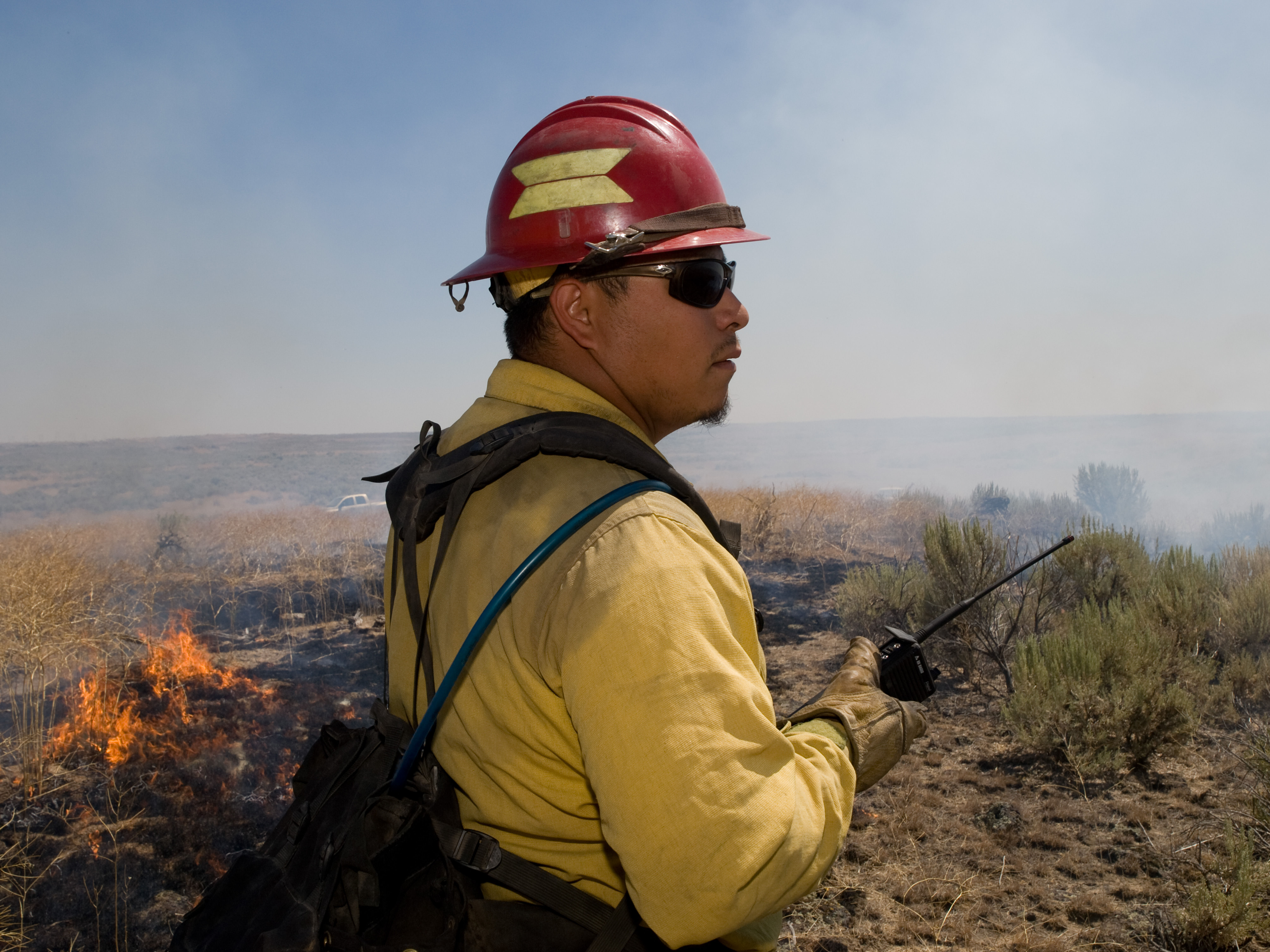CISM and the Work Place
Caught off guard and "numb" from the impact of a critical incident, managers and employees are often ill-equipped to handle the chaos of such a catastrophic event like a line of duty death. Consequently, survivors of such an event often struggle to regain control of their lives to regain a sense of normalcy. Additionally, many who have been traumatized by a critical life-changing event may eventually need professional attention and care for weeks, months and possibly years to come.
The final extent of any traumatic event may never be known or realistically estimated in terms of loss, bereavement, mourning and grief. In the aftermath of any critical incident, psychological reactions are quite common and are quite predictable. Critical Incident Stress Management services and assistance with management of traumatic reactions by survivors can be a valuable tool following a traumatic event.
Resources and Support from the Wildland Fire Community
The wildland fire and aviation community has strengths and resources that may buffer the impact of critical events. Training, engaged leadership, crew/unit cohesion, and a purposeful mission are important factors that strengthen personnel and mitigate the effects of operational stress and critical incidents. The close-knit community and the cohesion of the wildland fire community is a protective factor.
It is important to remember that managers are part of that community and will experience critical events on both an individual and leadership/management level.
Promoting Behavioral Wellness
The concept of "Situational Awareness" is a recognized concept within the wildland fire and aviation community. That is, maintaining a heightened level of awareness relative to our surroundings and those we engage. The same principle can be applied to the behavioral wellness of fellow firefighters and others. Ultimately people want to know that someone cares about their well-being and that someone is checking on them. For a leader within our agencies, a goal is now focusing on the development of an organizational culture where behavioral wellness is as important as strong firefighting skills.
Just as training programs are developed to enable firefighters to perform in a professional manner on the line, behavioral wellness is beginning to receive the same level of expectation. Training personnel within all disciplines of our agencies in the use of positive coping mechanisms' to handle stress and the ability to recognize a co-worker is in distress should receive the same priority as firefighting skills due to the growing concern about our ability to maintain wellness and resilience.
CISM and Employee Assistance Program (EAP)
While EAP services include response to crisis and trauma, EAP cannot provide peer support which is the foundation of the ICISF intervention models we utilize.
The Peer Support Program can be the connecting link between the employees and EAP services. The Peer Support Program and Employee Assistance Programs often complement each other to help employees, especially for follow-up care after crisis interventions services. EAP information and education resources are provided following crisis interventions for follow up care. EAP services are almost always recommended by Peer Support Groups for any needed follow-up care.
Resources for Managers
Agency Administrator’s Briefing
Manager’s Guide to Suicide Intervention









